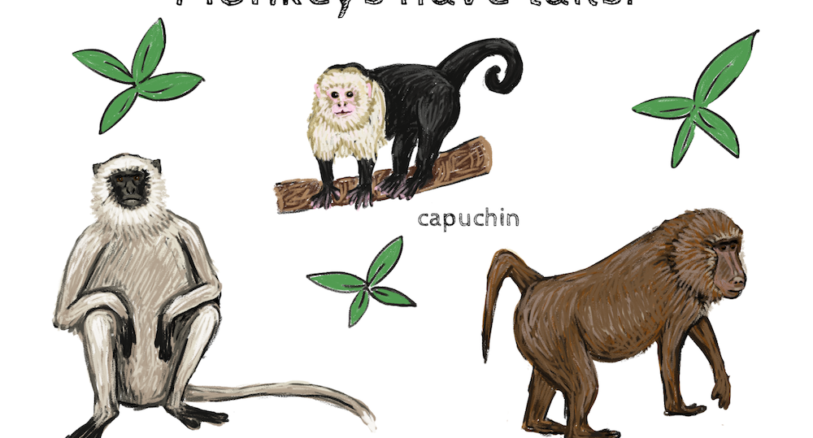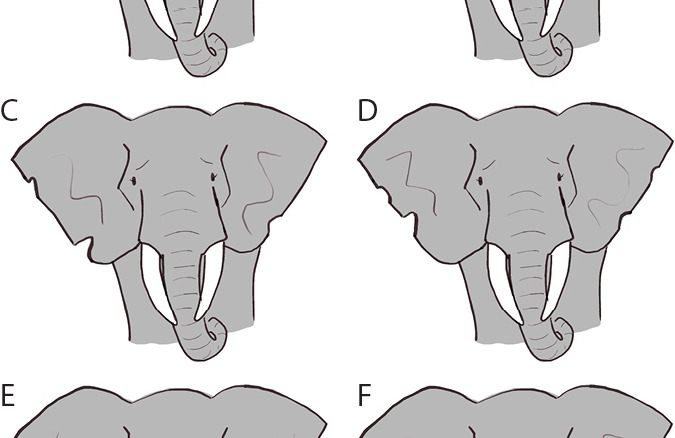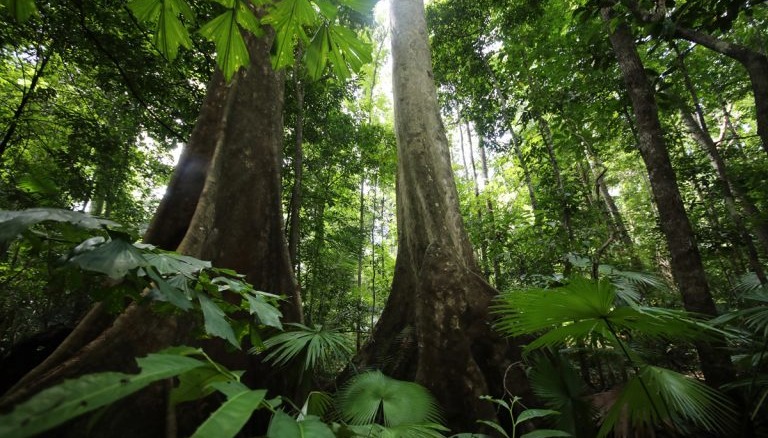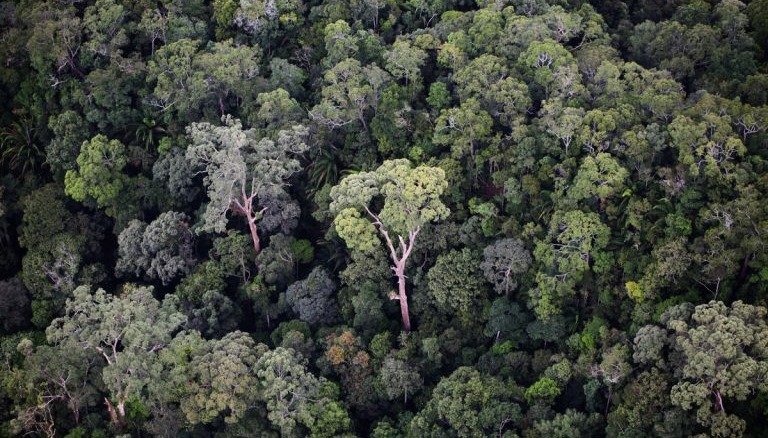By Lisa Algee
3rd-5th Grade (upper elementary/primary)
Note: This is lesson 3 in a 4-part series on the water cycle, photosynthesis, exploring ecosystems, and scientific inquiry in local ecosystems. Find lessons 1, 2 and 4 here (click relevant link).
Lesson 3: Exploring ecosystems
(a) Root words can help determine the meaning of unknown words, such as ecosystem.
(b) What is an ecosystem and how many are there in the world?
(c) What are the characteristics of each ecosystem (biotic), and (abiotic), and what’s the level of biodiversity for each ecosystem?
(d) Why are ecosystems important to explore?
Purpose: The purpose of this lesson is four-fold: (a) for teachers and students to co-construct meaning together in understanding what an ecosystem is, (b) its components, such as: environmental characteristics (abiotic), and (biotic), such as flora (plants), and fauna (animals), (c) the types of ecosystems on planet Earth and the level of biodiversity for each, and (d) why ecosystems are important to explore.
Key concepts: ecology, ecosystem, biotic, abiotic, flora, fauna, diversity, biodiversity
Research based: Sociocultural theory with an emphasis on co-constructing knowledge and negotiating meaning using Wells (1999, 2002, 2010) model, ‘Spiral of learning and teaching through inquiry’.
Materials: Internet access, dictionary, pencil, markers, crayons, colored pencils, scissors, tape, and a poster board.
Common Core Standards:
English Language Arts Standards:
Reading: Informational Text:
Craft and Structure:
CCSS.ELA-Literacy.RI.3.4 (third), 4.4 (fourth), and 5.4 (fifth) Determine the meaning of general academic and domain-specific words and phrases in a text relevant to a grade 3-5 topic or subject.
Integration of Knowledge and Ideas:
CCSS.ELA-Literacy.RI.4.7 (fourth) Interpret information presented visually, orally, or quantitatively (e.g., in charts, graphs, diagrams, time lines, animations, or interactive elements on Web pages) and explain how the information contributes to an understanding of the text in which it appears.
CCSS.ELA-Literacy.RI.5.7 (fifth) Draw on information from multiple print or digital sources, demonstrating the ability to locate and answer to a question quickly or to solve a problem efficiently.
CCSS.ELA-Literacy.RI.4.9 (fourth), and 5.9 (fifth) Integrate information from two texts on the same topic in order to write or speak about the subject knowledgeably.
Speaking & Listening:
Comprehension and Collaboration:
CCSS.ELA-Literacy.SL.3.1 (third), 4.1 (fourth), and 5.1 (fifth) Engage effectively in a range of collaborative discussions (one-on-one, in groups, and teacher-led) with diverse partners on grade 3, 4, and 5 topics and texts, building on others’ ideas and expressing their own clearly.
Presentation of Knowledge and Ideas:
CCSS.ELA-Literacy.SL.3.4 (third), 4.4 (fourth), and 5.4 (fifth) Report on a topic or text, tell a story, or recount an experience with appropriate facts and relevant, descriptive details, speaking clearly at an understandable pace.
Language:
Vocabulary Acquisition and Use:
CCSS.ELA-Literacy.L.3.4c (third) Use a known root word as a clue to the meaning of an unknown word with the same root (e.g., company, companion).
CCSS.ELA-Literacy.L.4.4b (fourth) Use common, grade-appropriate Greek and Latin affixes and roots as clues to the meaning of a word (e.g., telegraph, photograph, autograph).
CCSS.ELA-Literacy.L.5.4b (fifth) Use common, grade-appropriate Greek and Latin affixes and roots as clues to the meaning of a word (e.g., photograph, photosynthesis).
Next Generation Science Standards (NGSS):
Disciplinary Core Idea Progression:
Earth Space Science Progression (ESS2.A): Four major Earth systems interact. Rainfall helps to shape the land and affects the types of living things found in a region. Water, ice, wind, organisms, and gravity break rocks, soils and sediments into smaller pieces and move them around.
Earth Space Science Progression (ESS2.E): Living things can affect the physical characteristics of their environment.
Earth Space Science Progression (ESS3.C): Societal activities have had major effects on the land, ocean, atmosphere, and even outer space. Societal activities can also help protect Earth’s resources and environments.
Life Science Progression (LS2.B): Matter cycles between the air and soil and among organisms as they live and die.
Life Science Progression (LS2.C): When the environment changes some organisms survive and reproduce, some move to new locations, some move into the transformed environment, and some die.
Life Science Progression (LS4.C): Particular organisms can only survive in particular environments.
Life Science Progression (LS4.D): Populations of organisms live in a variety of habitats. Change in those habitats affects the organisms living there.
NGSS Science and Engineering Practices:
Planning and Carrying Out Investigations:
Make observations and/or measurements to produce data to serve as the basis for evidence for an explanation of a phenomenon or test a design solution.
Analyzing and Interpreting Data:
Represent data in tables and/or various graphical displays (bar graphs, pictographs, and/or pie charts) to reveal patterns that indicate relationships.
Analyze and interpret data to make sense of phenomena, using logical reasoning, mathematics, and/or computation.
Science and Engineering Practices:
Read and comprehend grade-appropriate complex texts and/or other reliable media to summarize and obtain scientific and technical ideas and describe how they are supported by evidence.
Communicate scientific and/or technical information orally and/or in written formats, including various forms of media as well as tables, diagrams, and charts.
NGSS Crosscutting Concepts:
Systems and Systems Models- A system is an organized group of related objects or components; models can be used for understanding and predicting the behavior of systems. A system is a group of related parts that make up a whole and can carry out functions its individual parts cannot. A system can be described in terms of its components and their interactions.
Procedure:
Wells’ model, “Spiral of learning and teaching through inquiry,” in action:
I. Tapping into students’ prior knowledge and experiences:
Pre-assessment: (Use pdf)
1. What does eco mean?
2. What is an ecosystem? Can you define the term ecology?
3. What does bio mean? Can you define biotic?
4. What does abiotic mean?
5. What are the living (biotic) and non-living (abiotic) components of an ecosystem?
6. What does flora mean and can you provide an example?
7. What does fauna mean and can you provide an example?
8. What does diversity mean? Can you define the term biodiversity?
9. What are the types of ecosystems on planet Earth?
10. What are the main characteristic of these ecosystems? Can you rate the ecosystems based on
their level of biodiversity, i.e., ꜛ (high), – (medium), and ꜜ (low)?
11. Why are ecosystems important to explore?
12. What kind of ecosystem do you live in?
Use the pre-assessment questions to tap into students’ prior knowledge and experience about ecosystems. Allow students time to share their knowledge and experiences in pairs, small groups, and whole class.
II. Gathering information:
Students can seek information from the teacher, Internet, DVD’s, books, dictionaries, articles, magazines, consulting experts, etc., on ecosystems. Allow students time to gather information to answer the questions in the Student Ecosystem Worksheet (pdf).
III: Co-constructing knowledge together:
Allow students time to gather information to answer the questions on their Student Ecosystem Worksheet. Students can meet in small groups and share (discuss) their answers with each other. Students can also form groups based on a particular ecosystem of interest to them, for example, rainforests, and co-construct a collage poster with images. They can also write the biotic and abiotic characteristics of their ecosystem and also rate the level of biodiversity. Each group can present their ‘ecosystem poster’ to the class. They can also be hung up and shared with visitors (parents). After the poster demonstrations, students should be ready to share their information from their Student Ecosystem Worksheets with you. You can add (supplement) information they may have missing which students can add to their worksheets. Have fun and co-construct, rather than tell and/or lecture, i.e., ask questions, say, “Did you know…”, etc.
IV. Understanding
Demonstrating understanding through post-assessment and activities (see activities):
Post-assessment: (Use pdf)
1. What does eco mean?
2. What is an ecosystem? Can you define the term ecology?
3. What does bio mean? Can you define biotic?
4. What does abiotic mean?
5. What are the living (biotic) and non-living (abiotic) components of an ecosystem?
6. What does flora mean and can you provide an example?
7. What does fauna mean and can you provide an example?
8. What does diversity mean? Can you define the term biodiversity?
9. What are the types of ecosystems on planet Earth?
10. What are the main characteristic of these ecosystems? Can you rate the ecosystems based on
their level of biodiversity, i.e., ꜛ (high), – (medium), and ꜜ (low)?
11. Why are ecosystems important to explore?
12. What kind of ecosystem do you live in?
Activities
1. Sort and classify biotic and abiotic things
2. Ecosystem books
Invertebrate animal research report
3. Bicultural literacy exchange
(coming soon)
4. Ecosystem metaphors
5. Haiku poems
6. ‘I am’ poems
7. Take local action
Credit: All content created by Lisa Algee. You can contact Lisa at algeelisa[at]gmail.com





